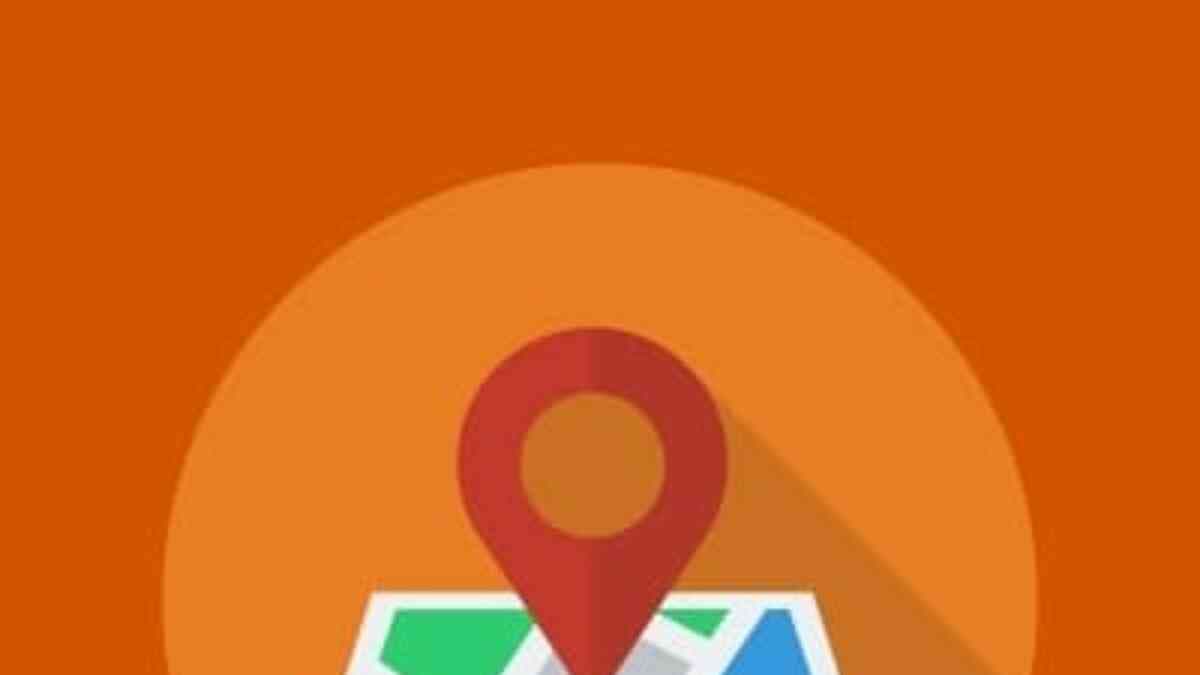
Put Your Marketing Where Your Customers Are: Geotargeting to Reach Your Audience
Smartphones, GPS, and other technology are making it easier than ever to select very specific locations to market to a specific audience. Learn about geotargeting’s effectiveness for business.
It’s getting harder and harder to get ads in front of people, especially the right people. But technology is providing ways to bring marketing closer to your customers.
What is Geotargeting?
Geotargeting is the practice of delivering marketing to a specific audience or demographic based on their geographic location. Targeting by location has come a long way. When digital ads first started you could not target based on location unless you put an ad on a website you knew would be frequented by users in a certain location. Over time technology has made it easy to target advertisements to certain states, zip codes, and metro areas. With smartphones, mobile devices, and GPS it is now possible to market to someone in real time who is at a particular location. You can even narrow it down to a specific building.
How Can You Geotarget?
Geotargeting is becoming more available through different channels, including social media. For example, Facebook offers geotargeting for advertisements and sponsored posts. This allows a company to advertise their business to Facebook users living in a particular city or even zip code. You can even segment the audience by age, gender, interests, and connections.
Other digital ad platforms allow you to deliver your ads to mobile devices within a certain geographic area or even a specific building. Imagine you’re waiting to get your car’s oil changed and you get an ad on your phone that tells you a competitor down the street has no wait time and a cheaper price. This is a feature that could also be used at a conference to reach other conference attendees with your marketing message.
Why Geotarget?
There’s nothing more frustrating than creating an ad that is perfect for your audience but somehow doesn’t reach them. Where most digital ads can target your audience by demographics or psychographics, adding a layer of location can be the specificity your ad needs to reach the intended audience and be successful.
Who is more likely to convert: the person walking around your store or the person checking their e-mail in a coffee shop? That’s easy – the person in your store. Who is more likely to convert: the person checking their e-mail in a coffee shop or the person walking around the mall where your store is located? The person already in the mall is more likely. However, using geotargeting to deliver an ad to that person already in the mall may convince them to come into your store right now, instead of waiting to go there later.
How is it Being Used Well?
Excentus, a reward and loyalty points company, wanted to show their reward members where they could earn points. Using e-mails that implemented geotargeted maps displaying locations in real time, the business increased high value traffic by 21 percent and click-throughs by 24 percent.
Finish Line implemented real-time geotargeted maps in e-mails featuring the nearest retail location. The map is activated to the recipient’s location when they open the e-mail, so reading it at home and reading it at work or on the go may show different results.
Geotargeting is a great way to connect with potential customers in a specific location. To get started you’ll need to know who your audience is, what message to put in front of them, and more. All of this is included in a marketing strategy by FrogDog. Contact us today.
Image courtesy of FreeDigitalPhotos.net/Sira Anamwong
Updated: Oct 09, 2019

We do not spam. And you can unsubscribe when you want.